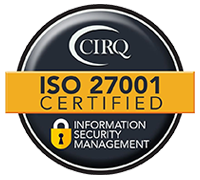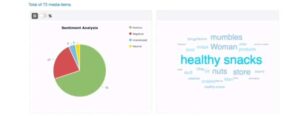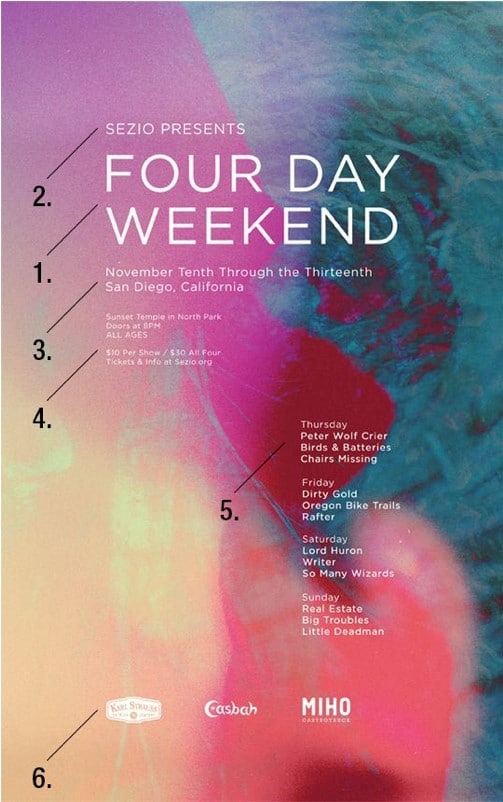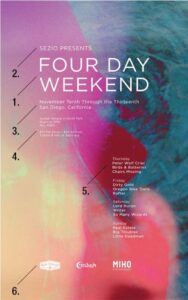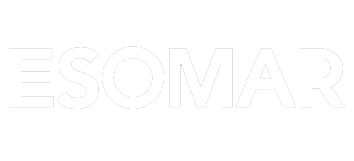Renee’s Takeaways – Get the scoop on L&E’s Tech Webinar!
Webinar Series Summary
Emerging Methods in Qualitative Research Technology Webinar – Webinar held on September 18, 2018
I have to say, this was definitely our most entertaining webinar to date! We laughed a lot, and even had one of our panelists sing briefly! In this next webinar in our series, focusing on Emerging Methods in Qual Technology, we got to spend some time with two very engaging experts in our industry. First up, Charlie Rader, Digital Insights Designer at Procter & Gamble. Then, someone a lot of us already know very well, Lenny Murphy, Executive Editor & Producer at GreenBook.
In this webinar, we focused on Q&A based around Qualitative Research Technology, how it can be applied, and technologies that are up and coming in the industry.
Here’s what our panelists had to say!
We started off coming right out of the gate with a big one. We asked our panelists, in their experiences, with all of the new technologies out there now, which has recently made the most impact on how we do research?
- Online qual! We discussed how now with online, we are able to expand our reach to people that we may not have been able to reach before, due to not being in the vicinity of a facility, or in a major market.
- We talked about how we get to capture those true “in the moment” experiences with respondents using an online platform.
- The integration of digital, and all that entails. Such as automation for recruiting, and new ways to engage with consumers.
Next, we asked Charlie specifically, if there are any technologies that P&G is using or evaluating right now.
- P&G actually built their own video analytics tool! “However, now with tech partners like LivingLens, we can use video to transform the way we talk to consumers.”
- “We’re using mobile diaries. By doing this, we’re doing research that is more behaviorally based, rather than attitudinal.”
Then we asked both Charlie and Lenny if they knew of any technologies that were in their infancy right now, that they see making a big impact on qual down the road.
- The use of video, while not quite in its infancy, we’re not quite tapping into the benefits of the analytics that we can get from it.
- AI, and the impact that it is bringing to many qual technologies, such as being able to take mountains of unstructured data, whether its text or video, and having a machine be able to sort through that.
We also asked if there are any technologies that are just plain underutilized.
- The use of mobile, and being “in the moment” with the consumer.
- The use of a qual board online platform such as Aha!, or 20/20. Start small with a homework assignment or exercise, before you meet the consumer in person, to gain a deeper understanding of what they are trying to tell you.
- Data management tools, such as Knowledge Hound. We can utilize information that we have learned before, so that going into primary research, we can ask more intelligent questions.
We then asked if there are any technologies on the horizon, not currently being used for qual, that could be applied in some way in the future.
- AR and VR, and the reason is that they are not scalable. That will change, as the devices we all carry on us today, such as our mobile, all have the capability to leverage augmented reality.
- We’re a little early in the hype cycle for AR and VR, but it’s something we need to understand better and start experimenting with.
Lastly, we asked our panelists how some of the newer technologies are changing the way we analyze data.
- Definitely the AI component. It enables us to ingest and organize data more efficiently than we’ve ever been able to.
- Some of the tools that make visualizing and reporting the data a bit more interesting than the long used PowerPoint, such as Prezi, and Microsoft Sway. There is so much that we respond to visually as humans, than just tables of data.
We hope you found this summary to be helpful! If you didn’t register for this webinar you can listen to this webinar in its entirety, or download a free, transcribed version by clicking here.
Be on the lookout for our next webinar, which will be November 14, 2018 at 12pm EST. If you can’t wait until then, you can always view our on-demand webinars and learn about the latest technology solutions. Don’t forget to subscribe to our blog so you can keep up with what is happening at L&E!
Until next time!
Your Research Design Engineer at L&E,
Renee Wyckoff

